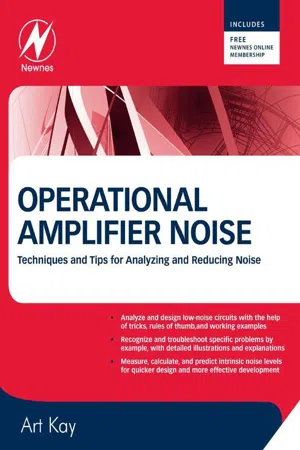
- 248 pages
- English
- ePUB (mobile friendly)
- Available on iOS & Android
About this book
Arthur Kay's exciting new publication is a must have for practicing, professional electrical engineers. This comprehensive guide shows engineers how to design amplifiers and associated electronics to minimize noise, providing tricks, rules-of-thumb, and analysis to create successful low noise circuits. Forget the classical textbook traps of equations, virtual grounds, and a lot of double-speak, the novel but educational presentation used here uses definition-by -example and straight-forward analysis. This is the ultimate reference book for engineers who don't have the time to read, since the concepts are presented in detailed pictures and then repeated in the text for those who like both.Operational amplifiers play a vital role in modern electronics design. Today, op amps serve as the interfaces between the digital world of microprocessors, microcontrollers, and other digital circuits and the analog "real world". If an analog signal must be amplified, conditioned, filtered, or converted to be used by a digital system, an op amp is almost always involved. Noise is an unwanted signal that will corrupt or distort the desired signal, and veteran engineers as well as new college graduates are often faced with a lack of experience in noise analysis for operational amplifiers. The author has created a publication that is packed with essential information, while still being accessible to all readers.- Clear, definition-by-example presentation allows for immediate use of techniques introduced- Tricks and rules-of-thumb, derived from author's decades of experience- Extreme use of figures for rapid absorption of concepts- Concise text explains the key points in all figures- Accessible to all types of readers- Analysis and design of low-noise circuits using op amps, including design tradeoffs for low-noise- Desktop reference for designing low-noise op amp circuits for novice to experienced engineers- Accurate measurement and prediction of intrinsic noise levels, using analysis by hand and SPICE simulation
Frequently asked questions
- Essential is ideal for learners and professionals who enjoy exploring a wide range of subjects. Access the Essential Library with 800,000+ trusted titles and best-sellers across business, personal growth, and the humanities. Includes unlimited reading time and Standard Read Aloud voice.
- Complete: Perfect for advanced learners and researchers needing full, unrestricted access. Unlock 1.4M+ books across hundreds of subjects, including academic and specialized titles. The Complete Plan also includes advanced features like Premium Read Aloud and Research Assistant.
Please note we cannot support devices running on iOS 13 and Android 7 or earlier. Learn more about using the app.
Information
Chapter 1
Introduction and Review of Statistics
1.1 Time Domain View of Noise
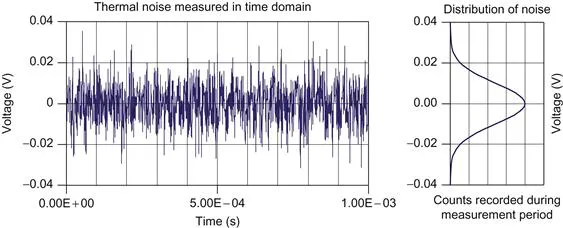
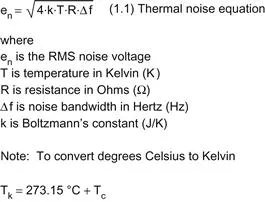
1.2 Statistical View of Noise
1.2.1 Probability Density Function

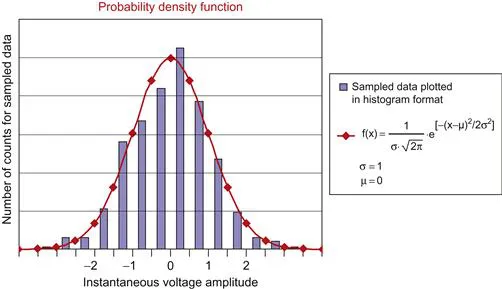
1.2.2 Probability Distribution Function
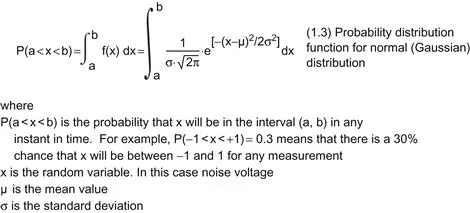
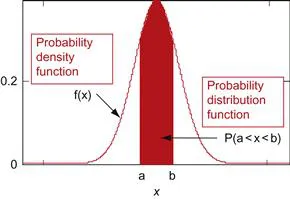
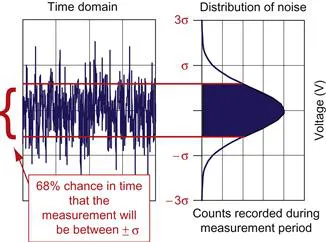
| Number of Standard Deviations | Chance of Measuring Voltage (%) |
| 2σ (same as ±σ) | 68.3 |
| 3σ (same as ±1.5σ) | 86.6 |
| 4σ (same as ±2σ) | 95.4 |
| 5σ (same as ±2.5σ) | 98.8 |
| 6σ (same as ±3σ) | 99.7 |
| 6.6σ (same as ±3.3σ) | 99.9 |
Table of contents
- Cover Image
- Content
- Title
- Copyright
- Preface
- Acknowledgments
- Chapter 1. Introduction and Review of Statistics
- Chapter 2. Introduction to Op-Amp Noise
- Chapter 3. Op-Amp Noise Example Calculations
- Chapter 4. Introduction to Spice Noise Analysis
- Chapter 5. Introduction to Noise Measurement
- Chapter 6. Noise Inside the Amplifier
- Chapter 7. Popcorn Noise
- Chapter 8. 1/f Noise and Zero-Drift Amplifiers
- Chapter 9. Instrumentation Amplifier Noise
- Chapter 10. Photodiode Amplifier Noise
- Chapter 11. Photodiode Noise Amplifier Example Results
- Glossary
- Answers to Questions
- Index